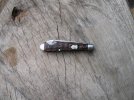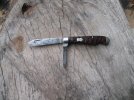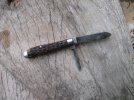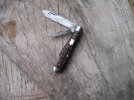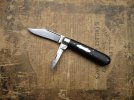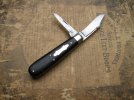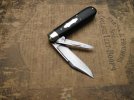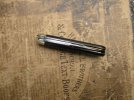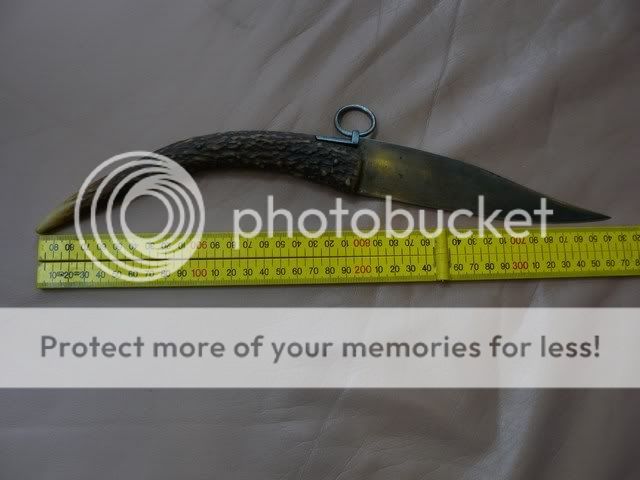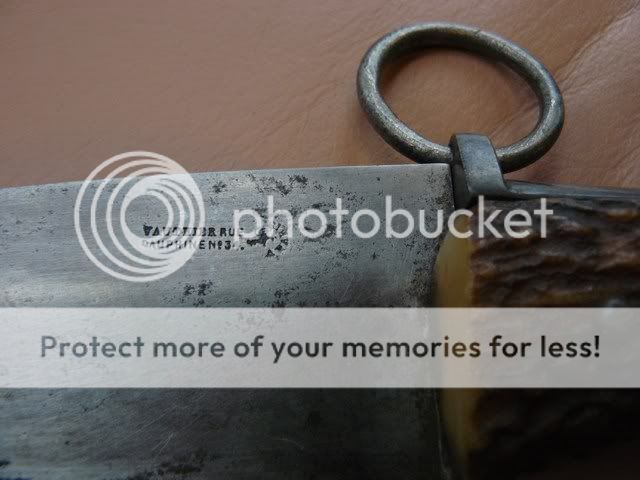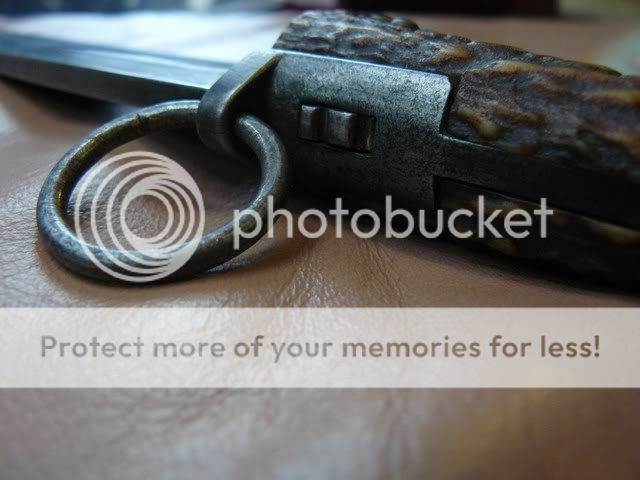- Joined
- Apr 22, 2010
- Messages
- 2,199
Here's a Winchester 3-3/8 Easy Open Jack (2959) , It's smaller than the other
old EO's I have.. But has a real nice feel. Still has excellent action, full blades,
The bone has some real nice color, Hard to see in my sorry pic's...lol
Jason
old EO's I have.. But has a real nice feel. Still has excellent action, full blades,
The bone has some real nice color, Hard to see in my sorry pic's...lol
Jason
Attachments
Last edited:

